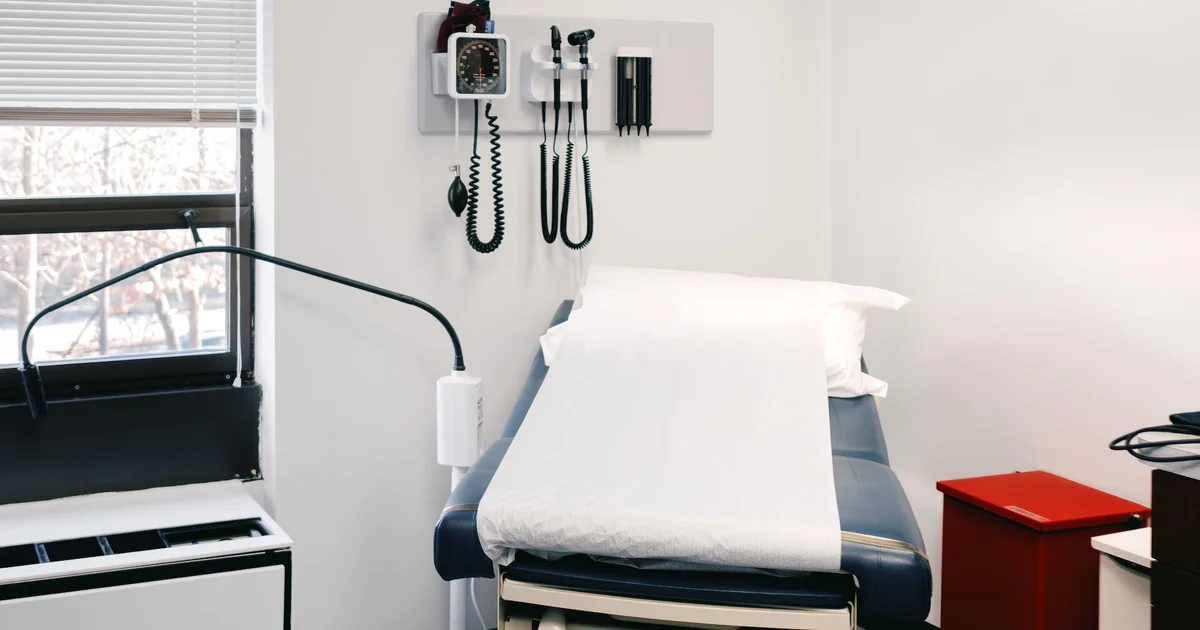Copyright Baton Rouge Advocate

WASHINGTON — Few likely are surprised that Louisiana, per capita, has more children living in poverty than any other state. One in 5 Louisiana children live in poverty, according to the report released last week by the influential Annie E. Casey Foundation. If food stamps were removed from the equation — as threatened nationwide on Saturday because of the partisan stalemate that prolongs a federal government shutdown — Louisiana’s child poverty ratio would increase to roughly 1 in 3, the analysis contends. That works out to 263,599 of Louisiana’s 1,066,394 children under the age of 18 years living in poverty right now and 383,902 who would live in poverty without the Supplemental Nutrition Assistance Program, or SNAP. In Baton Rouge, 25,520 now live in poverty, which would increase to 37,769 children if food stamps were unavailable. In New Orleans, the increase would be from 26,664 now to 31,846 without SNAP; Jefferson Parish, from 21,881 to 30,444; Lafayette from 4,507 to 6,654; and for the Shreveport area, 16,648 to 23,411. But the study’s sting comes in the finding that Louisiana had the nation’s steepest jump — up 8 percentage points — in child poverty rates from 2021 to 2024. “With a quarter of children living in poverty and almost a third of children having parents who lack full-time, year-round employment, economic stability continues to be a widespread challenge for children and communities throughout the state,” the report concluded. The foundation and its supporters in Louisiana link the hike in child poverty to a rollback of government benefits expanded during the pandemic and now seen as no longer needed. An extension of the tax credit to offset the high cost of private health insurance purchased by low-income workers and small businesses through the Affordable Care Act marketplaces, which is a key cause to the monthlong shutdown, is one of those programs. “You know, unfortunately, this isn't news,” said Jan Moller, executive director of Invest in Louisiana, a Baton Rouge-based progressive think tank. “It just reinforced what we knew, which is public policy has the ability to reduce child poverty.” Teresa Falgoust agreed. “We were able to make a huge dent during the pandemic; that we made the right investments for the right kids at the right time,” said Falgoust, director of data and research at Agenda for Children, a New Orleans-based advocacy group that helps children’s facilities. She is a member of Gov. Jeff Landry’s Children’s Cabinet Advisory Board. Both Invest Louisiana and Agenda for Children are independent entities that are partially supported by the Annie E. Casey Foundation. Perhaps the most important program during the pandemic was the Child Tax Credit expanded in 2021, both Falgoust and Moller say. Depending on income, many families received the full credit of $3,600 per child under age 6 and $3,000 for older children. Money was paid out monthly, which helped needy families cover bills. That temporary program expired in December 2022. The Republican majority in Congress added a child tax credit to its One Big Beautiful Bill Act that President Donald Trump signed into law July 4. Now, the Child Tax Credit is permanent with the maximum credit of $2,200 per child and collectible as a lump sum on 2025 tax returns, which are filed before April 15, 2026. The credit is available, on a sliding scale, for families with incomes up to $400,000. Low-income filers now have to earn a certain amount to take advantage. But the nation’s attention has turned to the food stamps that help feed 42 million Americans, which were set to expire Saturday absent last-minute intervention. Though not part of the pandemic package, SNAP is one of the few remaining relief programs. Louisiana gets a brief reprieve, however, because the Republican-run state government diverted about $150 million in rainy day funds to replace the pause in federal funding to prop up SNAP during the month of November, at least for the state’s elderly, disabled and families with children. “We’re excited to see that the Landry administration is trying to preserve SNAP benefits for children and families in Louisiana, but it’s very concerning that this is even a question at this point,” Falgoust said.



